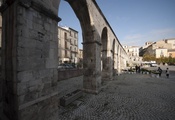
L’acquedotto, che sorge lungo il margine occidentale di Piazza Garibaldi - grandiosa per estensione (circa 100 m x 50) ed una delle più ampie del centro-sud Italia - fu edificato, come recita l’iscrizione lapidea inaugurale incisa in caratteri teutonici tra due delle sue arcatei, nel 1256, durante il regno di Re Manfredi di Svevia. Esso è rappresentativo della floridezza economica, demografica...
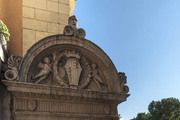
Una fontana che raccoglieva le acque all’ingresso meridionale della città, a ridosso delle mura civiche più antiche, esisteva probabilmente già prima ancora del 1474, anno in cui il capitano della città Polidoro Tiberti da Cesena la facesse ricostruire secondo il nuovo gusto rinascimentale. Lo stesso Tiberti curò la realizzazione di importanti opere pubbliche e di risistemazione urbana, come il...
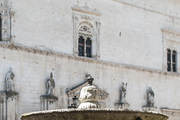
La fontana, in pietra, si erge su un basamento costituito da un anello di due gradini su cui è alloggiata la vasca circolare, dal profilo a gola rovescia e decorata da baccellature; uno stelo centrale con scanalature ed elementi vegetali stilizzati sorregge un bacile più piccolo, con lo stesso motivo ornamentale di quello maggiore, da cui fuoriesce l’acqua.Il Piccirilli riporta il testo...
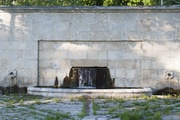
Collocata ai piedi del Monte Morrone in prossimità dell’Abbazia di Santo Spirito e dell’Eremo di Sant’Onofrio, in un’area la cui sacralità è attestata anche dalla presenza del santuario italico- romano di Ercole Curino, la fontana è stata fin da tempi remoti considerata miracolosa per le sue acque, dotate, secondo la leggenda locale, di poteri straordinari e afrodisiaci e perciò denominata,...
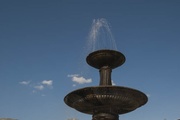
Intorno alla metà del XVII secolo si decise di erigere una grande fontana al centro della piazza, che fosse utile al refrigerio dei commercianti nei giorni di mercato, affidandone la realizzazione a maestranze di Pescocostanzo ma, ciononostante, pare che il lavoro, per motivi sconosciuti, non venisse nemmeno avviato.
Solo nel 1821 il Consiglio comunale deliberò a...
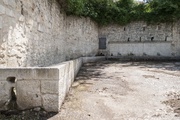
La fontana di Santa Maria di Roncisvalle o Fonte di Santa Maria Giovanna era conosciuta nel XIV secolo col nome di "fontana delli candulj" ed è sicuramente tra le più antiche della città. Situata nei pressi dell’omonima chiesa, lungo il tratturo Celano - Foggia, in luogo molto frequentato dai pastori con le greggi, è menzionata sia nei Capitula Civitatis Sulmonis che nel catasto del 1376 ma,...
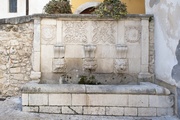
In via Probo Mariano, su un angolo della piccola piazza S. Agata in corrispondenza del lato di fondo dell’abbattuta chiesa omonima, è posta l’antica fonte. Costruita probabilmente agli inizi del XVI secolo, fu più tardi restaurata (1585-1587) dai maestri lombardi Francesco del Vita, Giovanni della Trabaia e Battista Tarone, che vi inserirono elementi scultorei più antichi e lo stemma dei...
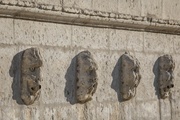
Il nome della fontana deriva dalla vicina porta urbica (di cui attualmente rimangono i soli piedritti) che dava accesso all’omonimo sestiere nord-orientale della città storica. Nel passato era infatti conosciuta, oltre che come Fontana o Fonte Iapasseri, anche come “fonte vecchia di porta Iapasseri”.
Collocata ai piedi del tratto nord-orientale della cinta muraria...







